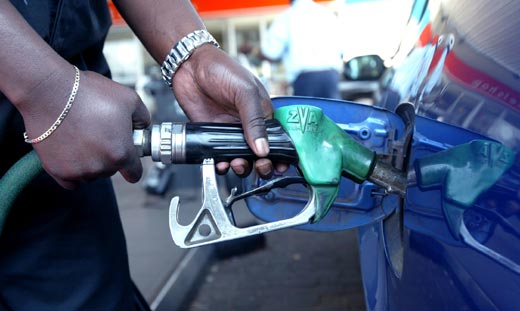Govt mulls alternatives for tobacco curing
There would be concerted efforts by the Tobacco Industry and Marketing Board (TIMB) and merchants to facilitate the construction of energy efficient facilities known as “rocket” barns, that reduces burning of large quantities of
wood and minimises pollution.
CONCERNED over unsustainable destruction of woodlands by tobacco farmers seeking cheaper fuel to cure the crop, the Government will start promoting use of fuel-efficient energy sources for processing tobacco to curb deforestation.
Better earnings from tobacco, Zimbabwe’s second largest foreign currency earner after gold, has seen many smallholder farmers taking up production of the “golden leaf,” but at a huge cost to the environment as vast tracts of natural forests have been severely destroyed by farmers seeking fuel to cure the leaves.
Last year, Zimbabwe had nearly 150 000 registered smallholder farmers, about 66 percent more than a decade ago with the majority of them relying on wood.
The other readily available fuel – coal— widely used during the pre-land reform era by white former commercial farmers is too expensive for indigenous growers. Logistics of taking coal to farming communities makes it even more expensive for ordinary farmers.
In the Tobacco Value Chain Strategy recently approved by the Cabinet, there would be concerted efforts by the Tobacco Industry and Marketing Board (TIMB) and merchants to facilitate the construction of energy efficient facilities known as “rocket” barns, that reduces burning of large quantities of wood and minimises pollution.
The rocket barns “use 50 percent less firewood compared with conventional barns,” according to the document.
The Tobacco Research Board would accelerate research and development and promote their use by 80 percent (of farmers) by 2022.
Zimbabwe is losing about 262 000 ha of forests annually, according to the Forestry Commission with tobacco curing accounting for a bigger portion of the destruction.
Farmers will be encouraged to form cooperatives to establish energy efficient curing facilities.
In the meantime, the Government will embark on an afforestation blitz programme in which each farmer will be supplied with seedlings.
The programme will be complemented by encouraging the use of coal to allow the new plantations to mature.
“TIMB in partnership with Rural District Councils and the private sector will supply coal repackaged in 50 kg bags to growers on terms under stop order facility at the point of selling tobacco,” read part of the strategy document.
“The programme will target 20 percent smallholder farmers to have coal compatible barns by 2023.”
This year, tobacco merchants will be required to finance 0,2 hectares of trees for every ha contracted in a move expected to reduce deforestation, according to the TIMB.
Zimbabwe Tobacco Association chief executive Mr Rodney Ambrose however said alternative curing fuels were needed more urgently.
“Wood continues to be the major source of curing fuel — most of it obtained from unsustainable sources for the tobacco crop. Large tracts of forests continue to be depleted at alarming rates with little intervention by any of the authorities or the industry at large.
Provision of coal is not a sustainable source and in the near future, tobacco cured with non-sustainable curing fuel may not be accepted by key customers,” he said.
Government says it will in the long term look at renewable energy such as biogas and solar hybrid barns.-eBusiness Weekly










